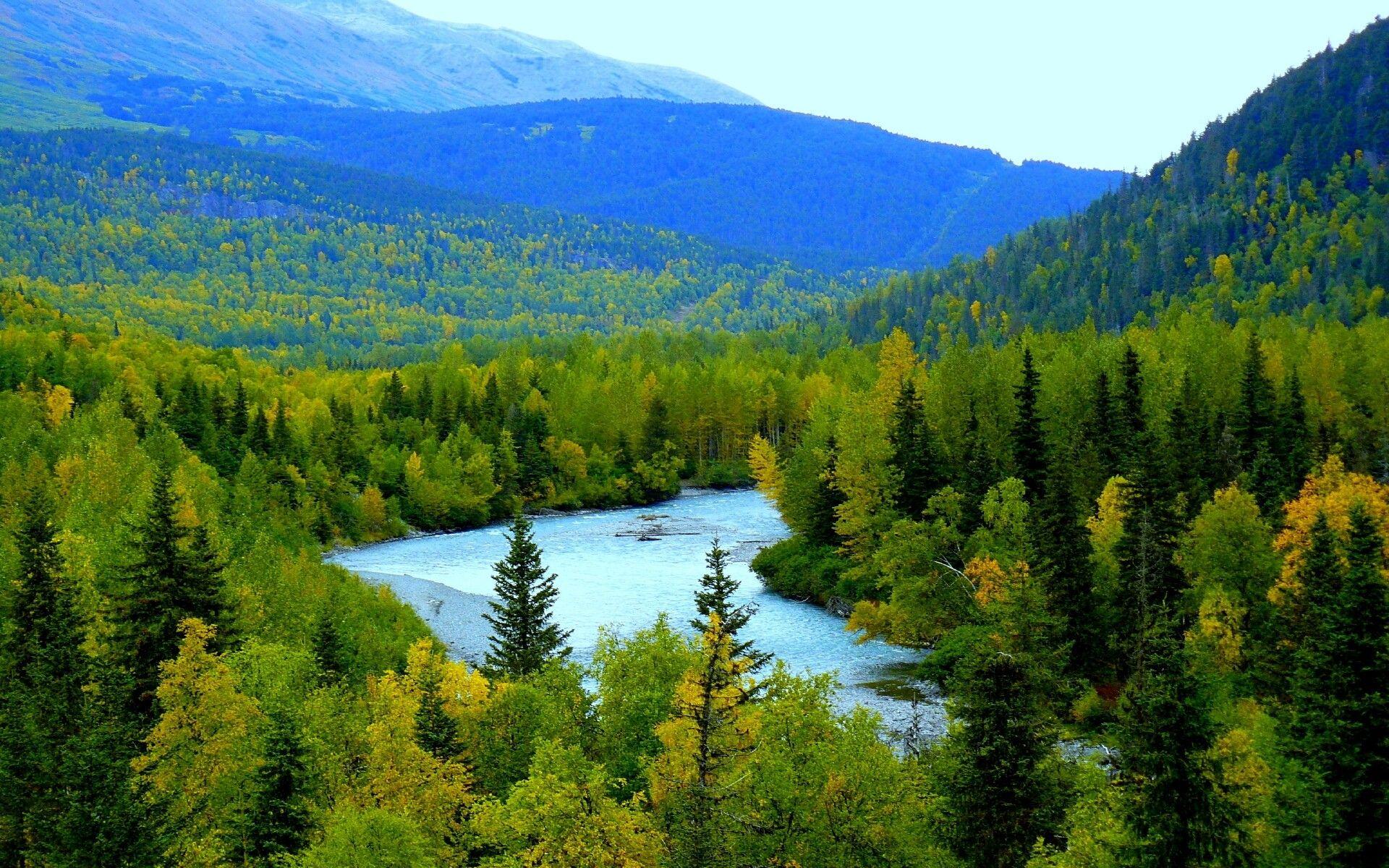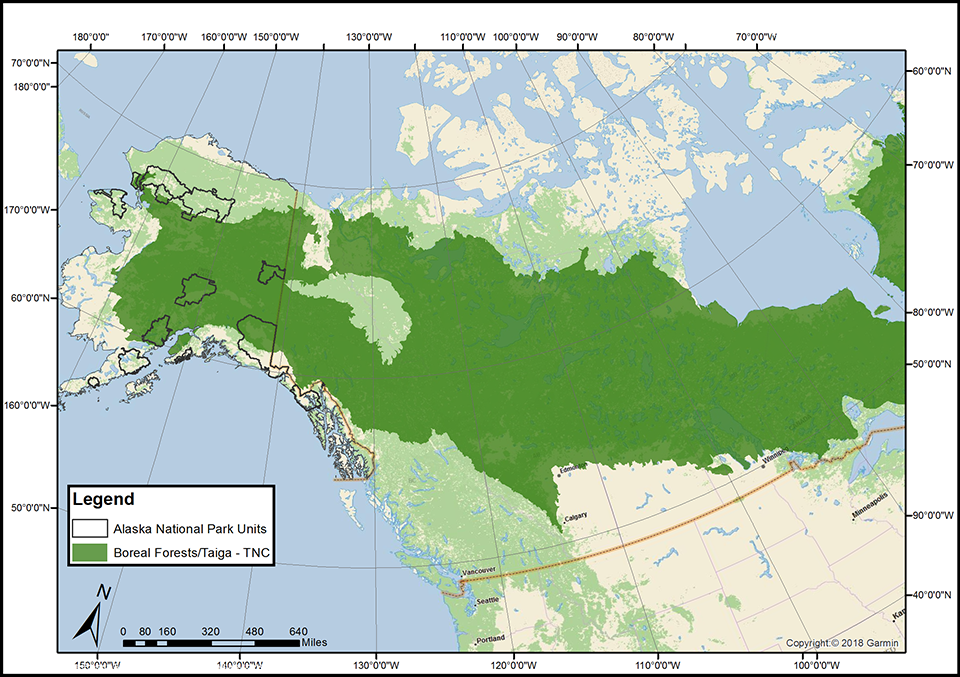Yaarel
🇮🇱 🇺🇦 He-Mage
From the information that I can find so far:
Rigodruok is the name of a local setting. It is a specific valley in the far north. It occurs in a list of "exotic" locations in the 1988 AD&D 2e book, Greyhawk Adventures, by James M Ward (of "Drawmij" fame).
The Rigodruok valley is northward beyond both the 1980 Darlene map (which cuts of at 55°) − and even beyond the 1983 Glossography latitudes map (which cuts off at about 63°).
Its hex location is "W4-51" on the Darlene map, where longitude hex "W4" is one hex east from the source of the River Fler that courses the Burneal Forest. The latitude hex "51" is way far north, as the Darlene map cuts off at hex "74" and decreases numbers from there. If I understand correctly, hex "0" is the North Pole. If so, Rigodruok is 51 hexes southward from it. Meaning: this valley is located exactly at latitude 67.83, and in other words, it is just across the border of the Arctic Circle, in the land of the midnight sun.
However, this valley has a magitech miniature artificial sun that hovers a mile above the valley. The warmth is a magical warmth.
The description of Rigodruok is presented in the form of a travel journal by one of the few survivors of an expedition that discovered the valley of Rigodruok. But from a 5e perspective today, it seems more likely the explorers stumbled across a Fey Crossing, and are describing a local area in the Feywild.
It is a lush paradise that is subarctic at its edge but becomes more tropical as one approaches the area under the artificial sun. The main inhabitants of the vale are: Goblin, Bugbear, plus various kinds of giant spiders including sapient ones. There is also a Human community with stone age technology. But there are "ruins" with strange glassware and metal items, that probably imply magitech (Fey or Elemental, Arcane or Primal).
The journey to the valley is of interest here.
• South from Black Ice near the source of the River Fler, then due north.
→
• Black Ice is "almost certainly magically produced and sustained".
• Normally, ice at this latitude only exists during winter and melts in Spring.
• The climate of Black Ice includes "arctic" creatures.
• The border of the Black Ice is a towering wall of it.
• The "Ice" seems more accurately understood as a kind of vast glacier.
• The Black Ice terrain is mostly hilly highland, but mountain cliffs can steep.
• The Black Ice has numerous regions of geothermic hot springs, and ice caverns.
→
• The northern boundary of the Black Ice is a mountain range.
→
• After crossing the mountains, there is a "region of mists", probably warm fog.
• The continent of Flanaess cuts off at around 65° as its northernmost point.
• Thus Rigodruok at about 68° implies the "mists" are a over water.
• The valley seems to be in one of the northerly islands in the Drawmij (Arctic) Ocean.
→
• Then one reaches the mountains and the valley within it.
Overall, the description seems useful for understanding the Black Ice itself. It is a weird glacier that magically covers an expanse of land. It stays as if "arctic" despite the expected summer season. However the latitudes north from it are warm, as normal for the latitude.
Heh, well, "warm" in the sense of Canada.
Probably, Rigodruok is not on the northen continent of Hyperborea itself.
Rigodruok is the name of a local setting. It is a specific valley in the far north. It occurs in a list of "exotic" locations in the 1988 AD&D 2e book, Greyhawk Adventures, by James M Ward (of "Drawmij" fame).
The Rigodruok valley is northward beyond both the 1980 Darlene map (which cuts of at 55°) − and even beyond the 1983 Glossography latitudes map (which cuts off at about 63°).
Its hex location is "W4-51" on the Darlene map, where longitude hex "W4" is one hex east from the source of the River Fler that courses the Burneal Forest. The latitude hex "51" is way far north, as the Darlene map cuts off at hex "74" and decreases numbers from there. If I understand correctly, hex "0" is the North Pole. If so, Rigodruok is 51 hexes southward from it. Meaning: this valley is located exactly at latitude 67.83, and in other words, it is just across the border of the Arctic Circle, in the land of the midnight sun.
However, this valley has a magitech miniature artificial sun that hovers a mile above the valley. The warmth is a magical warmth.
The description of Rigodruok is presented in the form of a travel journal by one of the few survivors of an expedition that discovered the valley of Rigodruok. But from a 5e perspective today, it seems more likely the explorers stumbled across a Fey Crossing, and are describing a local area in the Feywild.
It is a lush paradise that is subarctic at its edge but becomes more tropical as one approaches the area under the artificial sun. The main inhabitants of the vale are: Goblin, Bugbear, plus various kinds of giant spiders including sapient ones. There is also a Human community with stone age technology. But there are "ruins" with strange glassware and metal items, that probably imply magitech (Fey or Elemental, Arcane or Primal).
The journey to the valley is of interest here.
• South from Black Ice near the source of the River Fler, then due north.
→
• Black Ice is "almost certainly magically produced and sustained".
• Normally, ice at this latitude only exists during winter and melts in Spring.
• The climate of Black Ice includes "arctic" creatures.
• The border of the Black Ice is a towering wall of it.
• The "Ice" seems more accurately understood as a kind of vast glacier.
• The Black Ice terrain is mostly hilly highland, but mountain cliffs can steep.
• The Black Ice has numerous regions of geothermic hot springs, and ice caverns.
→
• The northern boundary of the Black Ice is a mountain range.
→
• After crossing the mountains, there is a "region of mists", probably warm fog.
• The continent of Flanaess cuts off at around 65° as its northernmost point.
• Thus Rigodruok at about 68° implies the "mists" are a over water.
• The valley seems to be in one of the northerly islands in the Drawmij (Arctic) Ocean.
→
• Then one reaches the mountains and the valley within it.
Overall, the description seems useful for understanding the Black Ice itself. It is a weird glacier that magically covers an expanse of land. It stays as if "arctic" despite the expected summer season. However the latitudes north from it are warm, as normal for the latitude.
Heh, well, "warm" in the sense of Canada.
Probably, Rigodruok is not on the northen continent of Hyperborea itself.
Last edited:



